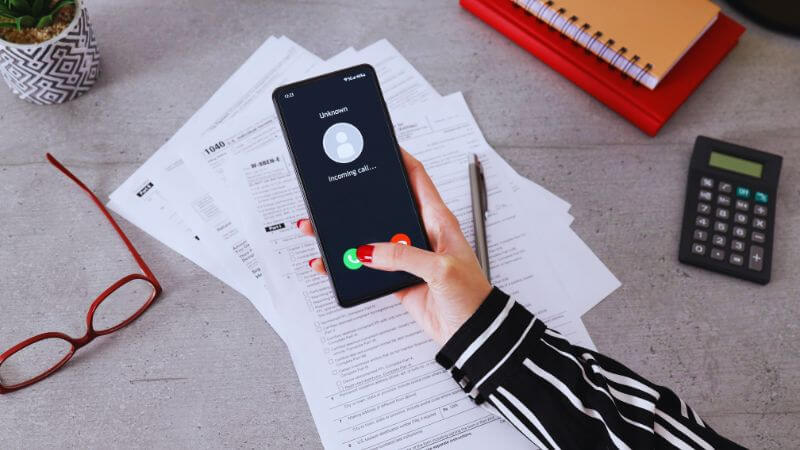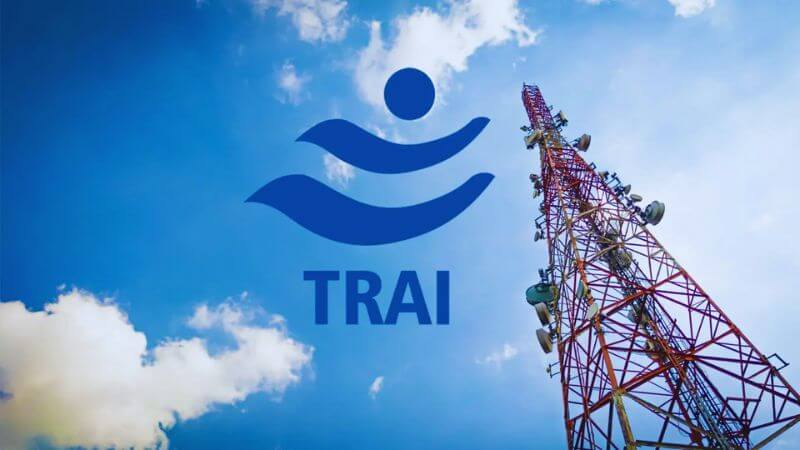TRAI has approved a new feature that will change how you see incoming calls on your phone. The feature is called CNAP (Calling Name Presentation). When someone calls you, their registered name will show up on your screen. You will not need apps like Truecaller anymore. This is TRAI’s way of helping people identify spam and unwanted calls before picking up the phone.
What Is CNAP?

CNAP stands for Calling Name Presentation. Think of it as your phone’s new superpower. When someone calls you, their registered name will pop up on your screen using the information they provided during SIM registration.
How Does CNAP Work?
Here is how the magic happens. Every telecom service provider maintains a CNAP database. The database stores the mapping between phone numbers and subscribers’ names. When you receive a call, the terminating network quickly checks this database before your phone even starts ringing. Within seconds, the verified name appears on your screen, helping you decide whether you need to pick up the call or ignore it.
The best part? You do not need to download any third-party app like Truecaller anymore. This feature works as a built-in function within the telecom network itself. This means better accuracy, enhanced privacy, and seamless integration with your existing phone service.
Enabled Automatically, But You Control It
Here is some good news. CNAP will be enabled by default for every telecom subscriber in India. You do not need to sign up, pay extra, or fill out any forms. The moment your telecom operator launches this service, you automatically get access to it.
But what if you prefer not to use it? No problem, TRAI has made sure you have complete control over it. You can contact your telecom operator anytime and request them to disable CNAP on your number. The service will not be sold as a separate product. Instead, it comes bundled with your basic telecom services at no additional cost.
Current Caller Identification Vs CNAP: What Changes?
Right now, when someone calls you in India, you only see their phone number. This is part of a Calling Line Identification system that has been around for years. The problem? Numbers alone tell you nothing about who is actually calling.
Scammers and spammers take advantage of this limitation. They use fake numbers, change their caller IDs, and trick people into answering dangerous calls. Many users have lost money, shared personal information, or faced harassment because they could not identify the caller beforehand.
CNAP changes this completely. With verified identity information displayed as a standard process, call transparency reaches a whole new level. You will see the registered name tied to that phone number, making it much harder for fraudsters to hide behind random digits.
A Safer Communication Environment For India

TRAI’s introduction of CNAP represents a significant step towards creating a safer communication environment in India. By providing verified caller information directly through the telecom network, TRAI addresses a long-standing problem that has affected millions of subscribers.
This move also shows TRAI’s commitment to user safety and transparency. Instead of relying on external solutions, the regulator is building safety features directly into the telecommunications infrastructure. This approach ensures wider coverage, better reliability, and enhanced protection for all users.
What Does This Mean For You?
As an Indian telecom subscriber, you are about to experience a major upgrade in how you handle phone calls. You will have more information, better control, and stronger protection against unwanted calls. The implementation is just around the corner, and millions of users will soon benefit from this transformation.
Keep an eye out for an announcement from your telecom operator. Once they roll out CNAP, your calling experience will never be the same again. You will finally have the power to see who is calling you before you decide to answer.
Follow Us: Facebook | X | Instagram | YouTube | Pinterest













